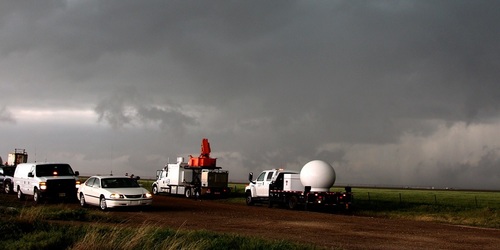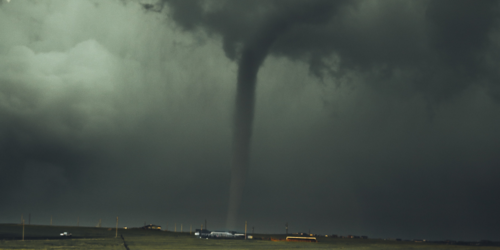

Earlier in 2020, we reported on improvements in air quality that were being experienced across many parts of the world due to the decrease in human travel because of pandemic-related shutdowns. Almost a year after that initial report, what is the current status of air quality and climate improvements? The results from a study led by scientists at the National Center for Atmospheric Research still show a marked improvement in air quality. At the same time, though, global temperatures have also risen, especially in the Northern Hemisphere.
It may seem counterintuitive that with a reduction in air pollution global temperatures would actually rise, however different pollutants have a different effect on the atmosphere. The clear gas carbon dioxide, which is frequently in the climate change headlines, works to increase global average temperatures, as it increases in concentration, via the greenhouse effect. However, other pollutants, called aerosols, including sulfates, nitrates, and black carbon work to make clouds, and the atmosphere in general, more reflective to sunlight. Thus, less of the Sun's energy gets absorbed and Earth's surface tends to cool with increasing aerosol concentration.
This warming effect was most pronounced in areas with heavy industrialization and aerosol emissions pre-2020, such as the United States and Russia. In these regions, average temperatures reached 0.7 °F (0.37 °C) warmer for May 2020 compared with a time period with usual pre-lockdown aerosol emissions. Although carbon dioxide emissions also fell in 2020, the effect of decreased aerosols had a stronger and more immediate impact on temperatures than the lowering of carbon dioxide, whose effects are much more gradual on global climate.
If aerosols provide such a cooling effect, though, why don’t we emit more of them to counter the warming effect that greenhouse gases like carbon dioxide create? More aerosols would mean not only a reduction in air quality, but as covered in a previous article, create unintended climate ramifications of their own.




